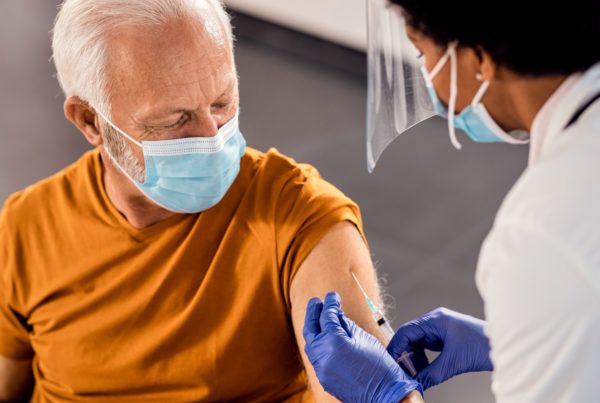
Breast cancer is the most common type of cancer among Canadian women, and the second leading cause of death from cancer among women in Canada. In 2015, there were an estimated 25,000 reported new breast cancer cases and 5,000 deaths from breast cancer. 1 in every 9 women in Canada can expect to develop cancer in their life time. Thus, it’s worthwhile to be familiar with your breasts and develop an understanding of what is normal for your body. Today, Novus will guide you through how women of different age ranges should go about dealing with the possibility of breast cancer.
Women Under 40
There are no formal breast screening guidelines for women of average risk under 40 years of age. However, if you have a first degree relative (mother, sister, grandmother) who has or has had breast or ovarian cancer or you have known genetic risks determined through specific testing, you should consider getting an exam earlier.
Women Between 40 and 49
The Canadian Cancer Society recommends that women aged 40-49 of average risk verify their eligibility for their provincial or territorial screening programs. In addition, family history as outlined above is also a factor to keep in mind.
Women Between 50 and 69
The Canadian Cancer Society recommends that women 50 to 69 years of age have a mammogram every 2 years.
Women Age 70 and Up
Women age 70 and up should talk to their doctor about continued breast cancer screening and refer to their provincial or territorial screening programs for more information. The risk of cancer increases with age, other depending on individual health factors, certain screening methods may be more favourable than others.
What is a Mammogram?
Mammograms are done in clinics and screening centers by trained health professionals. During this process, your breast will be compressed between two plastic plates, allowing images of your breast tissue to be taken from several angles. The pressure from the plates might be uncomfortable, but the procedure only lasts a few seconds. Medical professionals are able to detect the presence of breast cancer using these images.
How Do I Perform a Self-Examination?
To notice anomalies that may be indicative of breast cancer, it’s important for you to be familiar with your breasts. The breast area extends from the nipple up to the collarbone, across the breastbone and under the armpit as well. A woman’s breast tissue changes at different times throughout a month according to her menstrual cycle, so sometimes lumpy and tender breasts are normal. This is why it’s important to check multiple times a month. In terms of symptoms of breast cancer, if you notice swellings or lumps in the armpit, changes in size or shape of your breasts, changes to skin texture, discharge or fluid from the nipple, or changes to the texture of the nipple, among other factors, talk to your doctor. Further screening can be provided to confirm whether or not it is cancer.
Stay Healthy
With proper diligence and regular checks, you can minimize your risk of breast cancer. Today’s overview was just a high-level look at breast cancer. For comprehensive information, you’re already in the right place. We wish you the best of health!
Is it time to get checked?
Concerned about screening? Scan through our guidelines.
Find more health articles.



